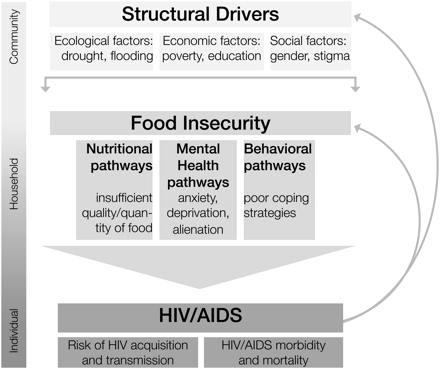SCIENTIFIC EXCELLENCE FOR SOCIAL EQUITY
The Young Research Group seeks to better understand the determinants of healthy mothers and children across diverse geographical, cultural, and socioeconomic contexts. Our group supports diversity in representation, creativity in thinking, and collaborative outreach in our efforts to address barriers to good health.

OUR FOCI
Household water insecurity
The ability to measure household food insecurity has been transformative, but our understanding of both how to measure household-level water insecurity and what its consequences are is in its early days. We are therefore exploring household water insecurity quantitatively and qualitatively in a number of sites around the world, and have discovered there are surprising and far-reaching ways that water insecurity shapes well-being. We have also collaborated with dozens of scholars across the globe to create a cross-culturally validated way of quantifying experiences with access to and use of water. See more at the HWISE website.

Food insecurity
What is the role of food insecurity in adverse maternal and child health and nutritional outcomes, especially in the context of HIV? What are the types of effects, the magnitude of effects, and which of these are modifiable? How can food insecurity be mitigated amongst women and children in low-resource settings? To answer these questions we have observational and intervention studies in Tanzania, Kenya, and Uganda.

Pica
Is pica an adaptive response to health challenges? What is the relationship between pica and iron deficiency? In our data from East Africa, North America, and elsewhere, we know that non-food cravings and iron deficiency are associated, but the nature of the relationship is unclear. We are using a variety of in vitro and in vivo animal studies, as well as observational cohorts, to ascertain the mechanisms underlying this relationship, and to test the two major physiological hypotheses about pica: supplementation and detoxification.

